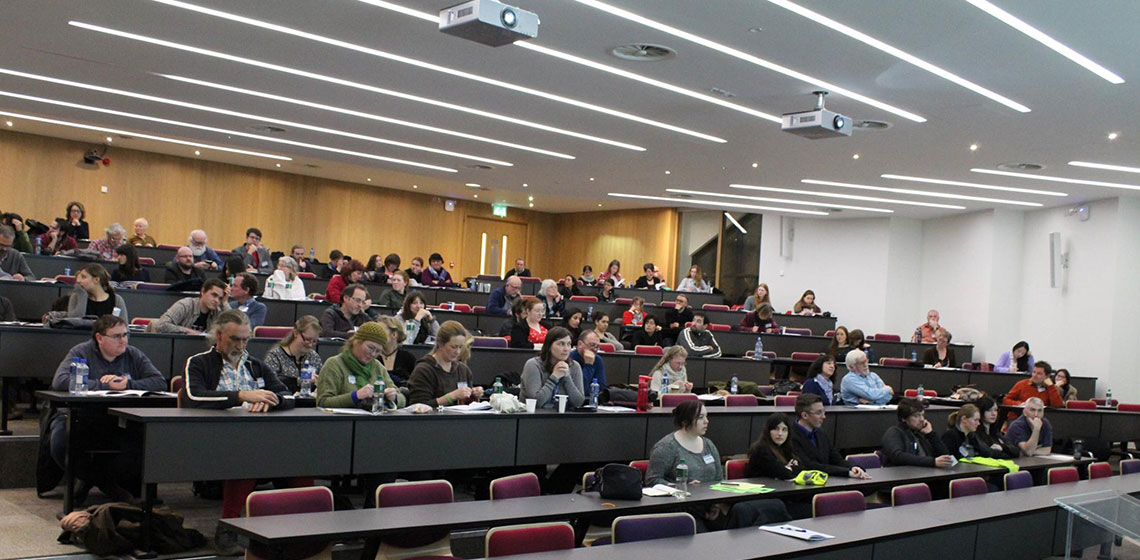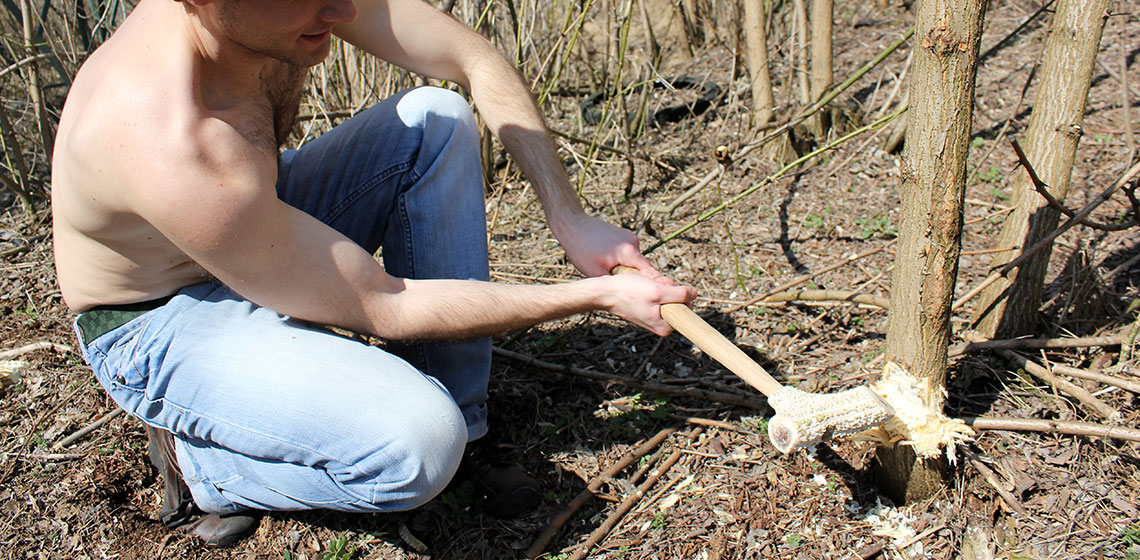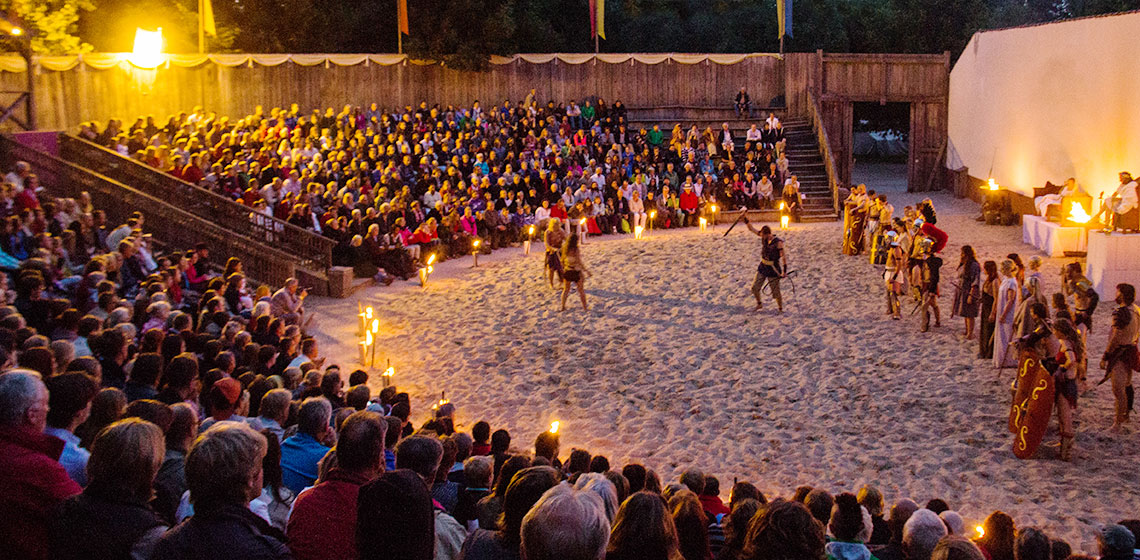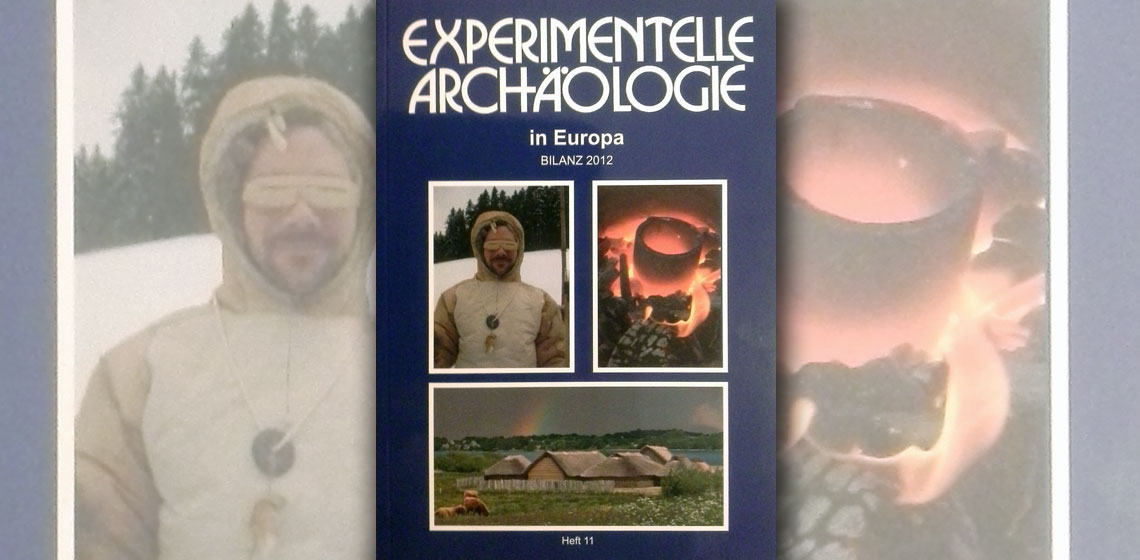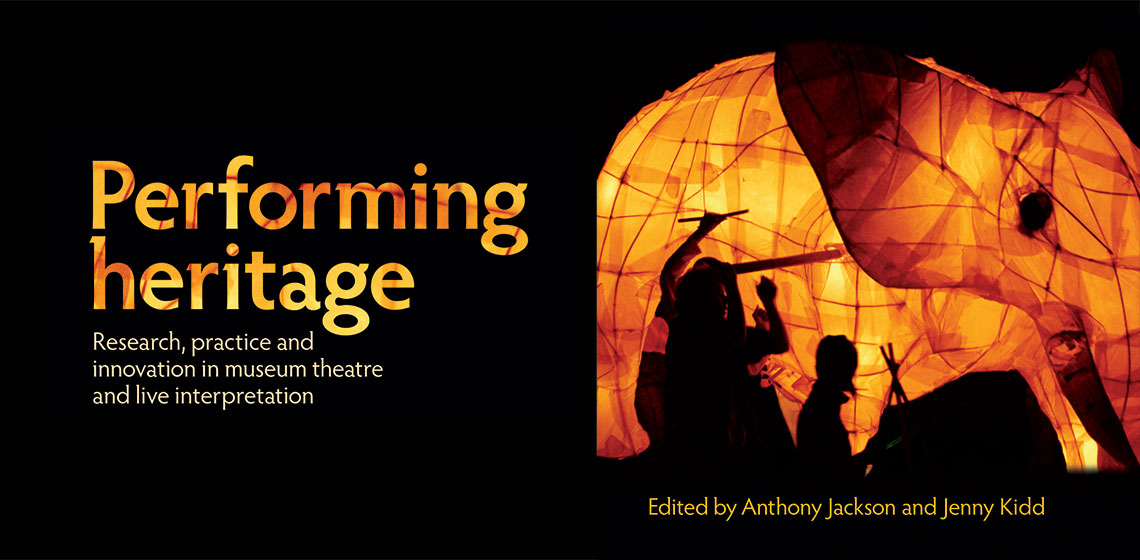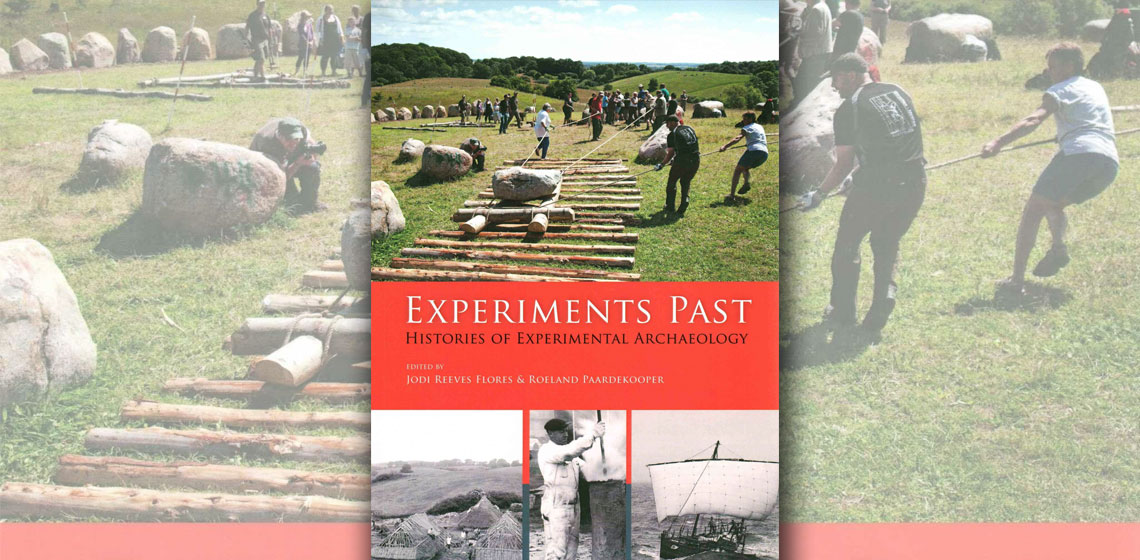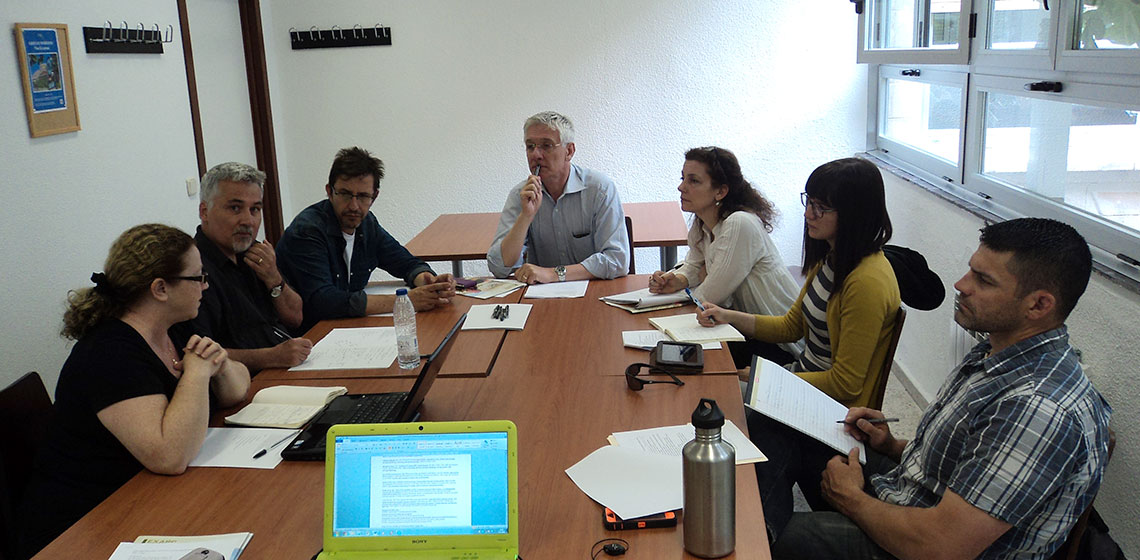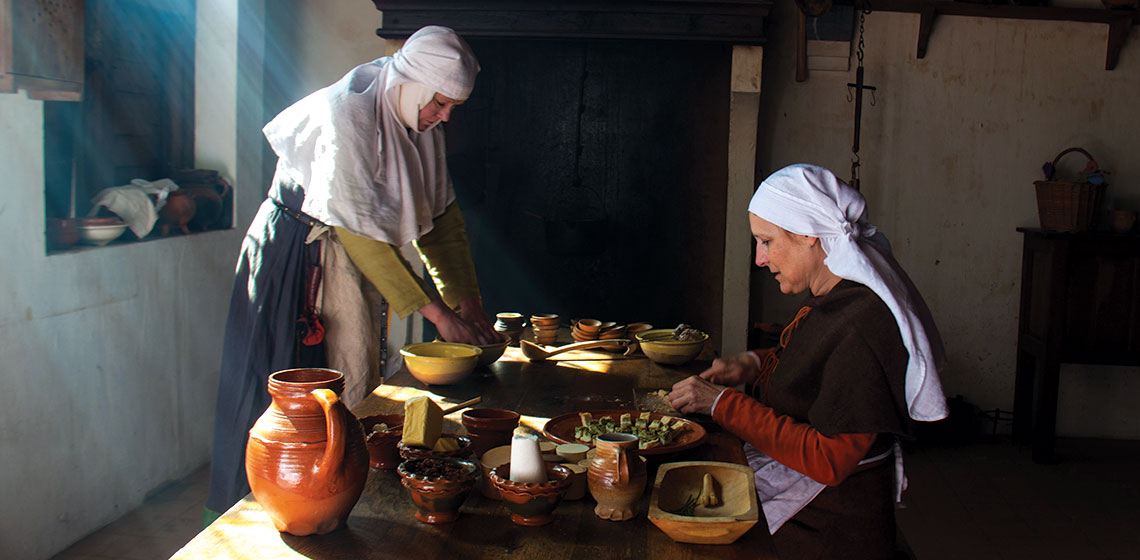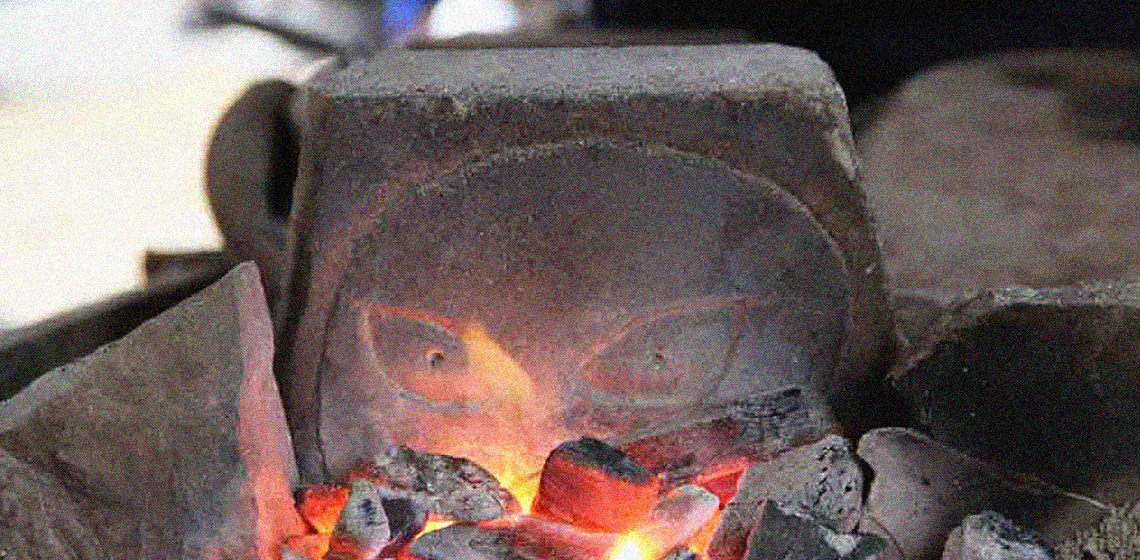Palaeolithic
Conference Review: 9th Experimental Archaeology Conference, Dublin 2015
Publication Date
EAC Conferences
***The ninth Experimental Archaeology Conference was held over 16-18 January 2015 at University College Dublin (Ireland). A large gathering of nearly 200 delegates from more than 25 countries across the EU and the Americas was hosted by UCD School of Archaeology and the Irish National Heritage Park. Twenty papers and 26 posters...
***The ninth Experimental Archaeology Conference was held over 16-18 January 2015 at University College Dublin (Ireland). A large gathering of nearly 200 delegates from more than 25 countries across the EU and the Americas was hosted by UCD School of Archaeology and the Irish National Heritage Park. Twenty papers and 26 posters...
Two Reconstructions of Prehistoric Houses from Torun (Poland)
Publication Date
In 1998 the Society for Experimental Primeval Archaeology (SEPA) was founded at the Institute of Archaeology at the Nicolaus Copernicus University (NCU) in Toruń. Since its beginnings, SEPA members have dedicated a great effort to engaging in numerous scientific experiments with the aim to present human lifestyle in prehistoric times in general...
Putting on a Show - The How and Why of Historical Shows and Theatre in a Historical Setting or Theme-park
Publication Date
As long as people have walked the earth, stories have been told; from stories around the campfire told by older people to entertain and educate the young, to 15th century knights dressing up as Romans during themed tournaments. Telling a story is putting on a little show; a show is a great way to tell a story...
Including Spartacus in Archeon by Erik Collinson
Book Review: Experimentelle Archäologie in Europa, Bilanz 2012
Publication Date
Annual Proceedings of the EXAR Tagung
***According to James Mathieu in 2002, experimental archaeology is “A subfield of archaeological research which employs a number of different methods, techniques, analyses and approaches within the context of a controllable imitative experiment to replicate past phenomena...
***According to James Mathieu in 2002, experimental archaeology is “A subfield of archaeological research which employs a number of different methods, techniques, analyses and approaches within the context of a controllable imitative experiment to replicate past phenomena...
Book Review: Performing Heritage: Research, Practice and Innovation in Museum Theatre and Live Interpretation by Anthony Jackson & Jenny Kidd (eds)
Publication Date
This useful text brings together recent thinking about museum theatre and the performance of heritage, offering a range of international case studies to its readers as evidence of the discipline’s usefulness in interpreting the past for visitors...
Book Review: "Experiments Past" Edited by Jodi Reeves Flores & Roeland P. Paardekooper
Publication Date
The publication in 1979 of the John Coles’ book Experimental Archaeology can be called the vademecum of the experimental archaeology. Many particular experiments have been published since then, such as A Bibliography of Replicative Experiments in Archaeology (Graham et al. 1972) and...
From the Minutes of “Universities & Experimental Archaeology” Roundtable Discussion 7th May 2014
Publication Date
EXARC, Experimenta and the Universidad Autónoma de Madrid invited several universities to a round table meeting in Madrid, in May 2014. EXARC's aim was to bring colleagues into one room to share their experiences in handling experimental archaeology from an academic perspective...
Event Review: Food Workshop in Archeon at the OpenArch conference 2013
Publication Date
OpenArch Dialogue with Skills Issue
***Food and drink are basic needs for every human being. From the perspective of our modern culinary practices, with all its specialities and customs, the traditional cuisines, and especially the pre- and protohistoric dishes, seem not only very far away, but also very primitive and have a negative connotation...
***Food and drink are basic needs for every human being. From the perspective of our modern culinary practices, with all its specialities and customs, the traditional cuisines, and especially the pre- and protohistoric dishes, seem not only very far away, but also very primitive and have a negative connotation...
Book Review: Archaeological and Anthropological Sciences by L. Shillito, E. Fairnell and H. S. Williams (eds)
Publication Date
A set of eleven articles resulting from the call for papers for the Sixth UK Experimental Archaeology Conference (held in York in January 2012) is now published in a special issue of the Journal of Archaeological and Anthropological Sciences...
Conference Review: Reconstructive & Experimental Archaeology Conference REARC 2013
Publication Date
REARC Conferences
***This article is republished from the Bulletin of Primitive Technology #46. The 4th Annual Reconstructive and Experimental Archaeology Conference was recently held in Gastonia, NC at the Schiele Museum of Natural History. The conference theme was Education and Reconstructive and Experimental Archaeology...
***This article is republished from the Bulletin of Primitive Technology #46. The 4th Annual Reconstructive and Experimental Archaeology Conference was recently held in Gastonia, NC at the Schiele Museum of Natural History. The conference theme was Education and Reconstructive and Experimental Archaeology...

